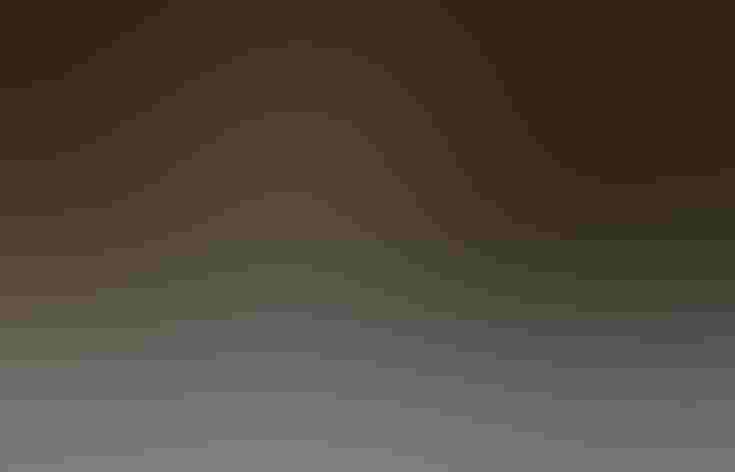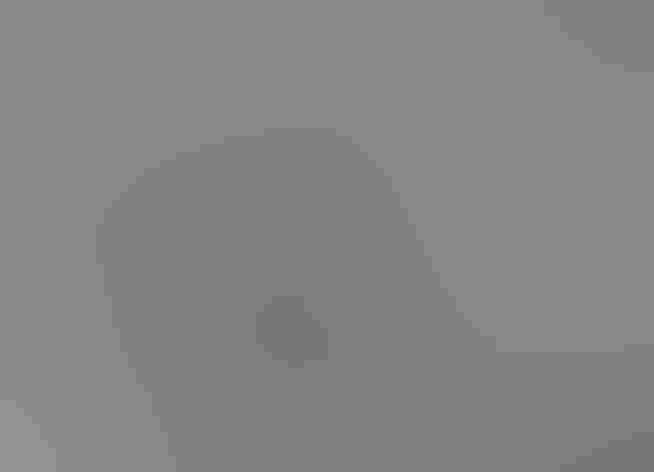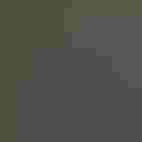Black-legged Kittiwake
At a Glance
A very common small gull of northern and offshore waters, named for its nasal 'ki-ti-waak' callnotes. Seldom comes to land south of its nesting range, but may be seen from shore on either coast, especially during storms. Often abundant on the northern islands where it nests. There the kittiwakes are seen on narrow cliff ledges, perched facing the wall, their tails sticking out over the edge.
All bird guide text and rangemaps adapted from Lives of North American Birds by Kenn Kaufman© 1996, used by permission of Houghton Mifflin Harcourt Publishing Company. All rights reserved.
Category
Gull-like Birds, Gulls and Terns
IUCN Status
Vulnerable
Habitat
Coasts and Shorelines, Open Ocean
Region
Alaska and The North, California, Eastern Canada, Florida, Great Lakes, Mid Atlantic, New England, Northwest, Plains, Rocky Mountains, Southeast, Southwest, Texas, Western Canada
Behavior
Direct Flight, Hovering, Swimming
Population
10.000.000
Range & Identification
Migration & Range Maps
Most migration is offshore. A few, mostly young birds, come south through interior in autumn. In winter ranges from Labrador and southern Bering Sea south to Florida and northwestern Mexico. Very irregular in numbers off Pacific Coast in winter, numerous some years, almost absent in others. Strays have reached Hawaii and Peru.
Description
16-18" (41-46 cm). W. 36 (91 cm). Unmarked yellow bill, pale gray back and wings, wingtips sharply cutoff black without white spots (as if dipped in ink). Immature has black bar across nape, black pattern on pale wings.
Size
About the size of a Crow, About the size of a Mallard or Herring Gull
Color
Black, Gray, White, Yellow
Wing Shape
Long, Narrow, Pointed, Tapered
Tail Shape
Notched, Short, Square-tipped
Songs and Calls
Variety of loud harsh notes. Very noisy on breeding grounds. With a little imagination, its common call can seem to resemble its name: kittiwake.
Call Pattern
Falling, Flat
Call Type
Scream
Habitat
Chiefly oceanic. Spends most of year at sea, with wide range of conditions, from edge of pack ice to moderately warm waters off Baja. Favors areas of upwellings, and sometimes concentrates over edge of continental shelf, but may occur from coast to hundreds of miles out. Nests on ledges of steep cliffs on northern islands and mainland.
Sign up for Audubon's newsletter to learn more about birds like the Black-legged Kittiwake
Behavior
Eggs
1-3. Variable, olive or pale blue to tan, speckled with darker brown and gray. Incubation is by both parents, 25-28 days.
Young
Remain in nest until ready to fly, are fed by both parents. Age at first flight 34-58 days; young may return to nest at night for several weeks.
Feeding Behavior
Does much foraging in flight, dipping down to take items at surface or plunging into water to take prey below surface; also feeds by seizing items at surface while swimming.
Diet
Mostly fish. Feeds mainly on small fish, often concentrating on one or two locally abundant species (such as sand lance or pollock). If fish numbers are low, eats many crustaceans, often including many euphausiid shrimp. Also eats marine worms, mollusks, small squid, insects, rarely plant material. Unlike most gulls, does not feed at garbage dumps.
Nesting
First breeds at age of 3-5 years. Male displays to attract female by going through "choking" motions, jerking head up and down with bill gradually opening. Pairs display by nodding heads, crossing necks; male feeds female. Nest site is on cliff ledge, often quite narrow; sometimes on boulders or on ground. (In Europe also nests on building ledges and roofs.) Nest (built by both sexes, with male bringing most of material) is mound of mud, grasses, seaweed, with shallow depression at center.
Conservation
Conservation Status
Local populations fluctuate considerably. In recent decades, major increases in some eastern Canadian colonies, major decreases at some in Bering Sea. Climate change is likely to have negative impacts on many bird species of the far north.
Climate Threats Facing the Black-legged Kittiwake
Choose a temperature scenario below to see which threats will affect this species as warming increases. The same climate change-driven threats that put birds at risk will affect other wildlife and people, too.







